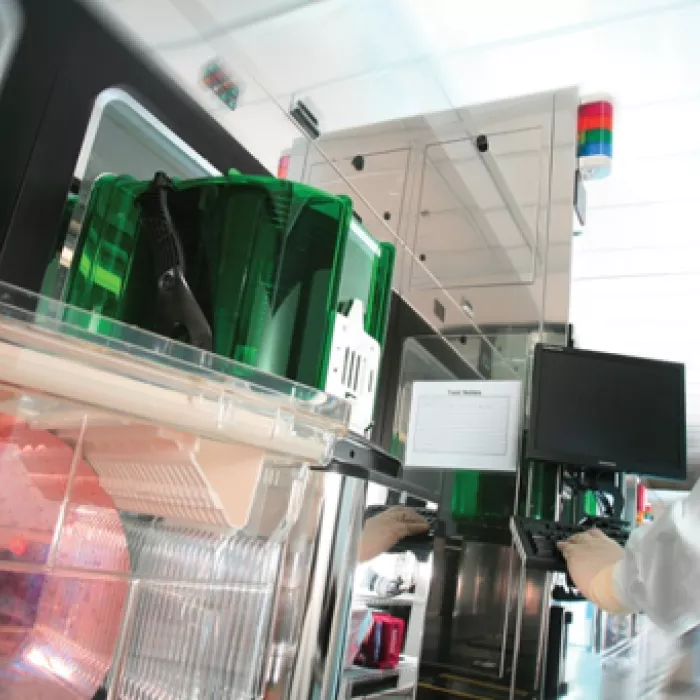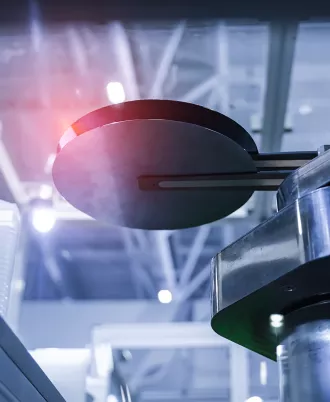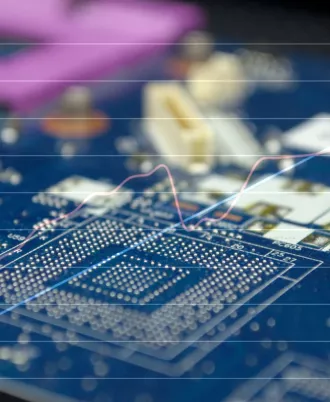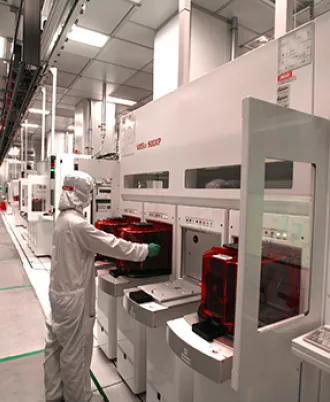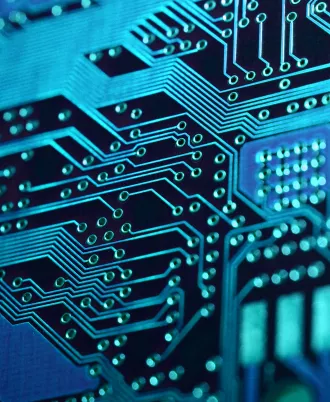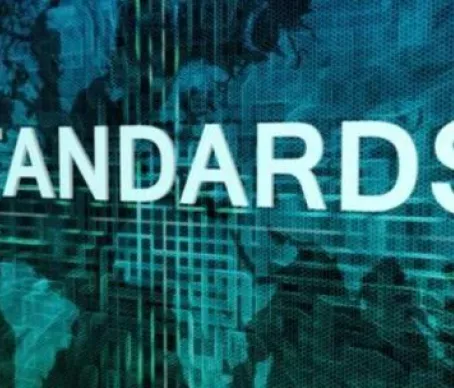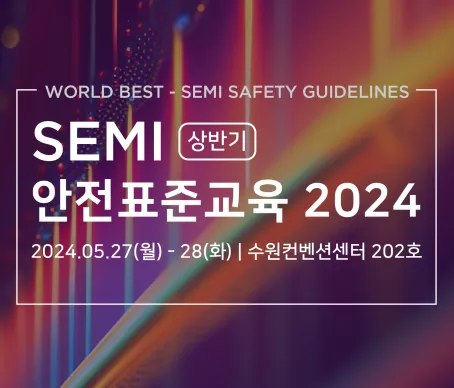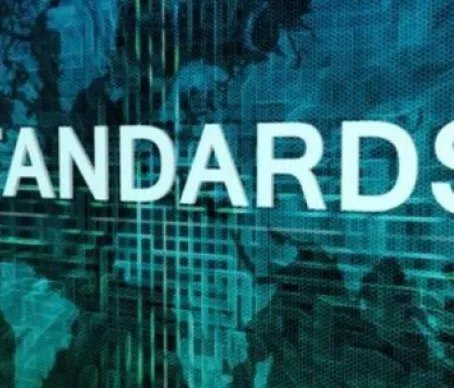50 YEARS OF STANDARDS
SEMI Standards directly connect to better business results by seamlessly connecting the 1000s of companies supplying millions of different parts to the electronics manufacturing ecosystem. Standards enable systems to work together, think together, and innovate together.
STANDARDS RESOURCES
FROM OUR MEMBERS

Whether matching a "digital twin" to its physical counterpart in the Fab, or using "big data" to support machine learning applications, the SEMI Equipment Automation Standards are ready for the coming wave of Smart Manufacturing challenges!

A deep understanding of SEMI automation standards is essential as both OEMs and fabs move towards Smart Manufacturing. SEMI Standards enable critical success factors for the electronics manufacturing industry, including big data acquisition and advanced analytics capabilities.

SEMI Standards activities have allowed us to build relationships across the entire value chain including competitors, suppliers and end users. Instead of developing proprietary solutions and competitive 'lock-out specs' we now work together toward an open SEMI standard for TEM microscopy workflow automation.
STANDARDS EVENTS
SEMI STANDARDS VOLUMES
FREQUENTLY REQUESTED STANDARDS
An average purchase order for semiconductor fab equipment may contain more than 20 references to SEMI Standards. Here are some of the more heavily requested families of SEMI Standards.
This series contains Safety Guidelines for fab equipment, gases and processes. Review the Committee Charter, key standards and more here.
The E series covers equipment automation and data compatibility. Learn more.
The A series is designed for machine-to-machine communications for SMPT and PCBA manufacturing lines.
Get a high level overview here.
The M-Series contains a wide-range of standards for materials purity, substrate definitions and more. Learn more. See the Committee Charter, key standards and more here.
The Liquid Chemicals standards meet the needs of the industry for alignment around liquid chemicals and liquid chemical distribution. They cover
- analytical methods for evaluating liquid chemicals and materials used to contain and transport them
- specifications for liquid chemicals, and the materials used to transport them
- contamination related issues and analytical methods
- performance specifications for liquid chemicals distribution systems and components
- physical interface specifications for sub-systems and components, and guides for definition, use, handling and installation
Find more details here, and the full list of C & F Series SEMI Standards here.
